The Beauty and Tradition of Ndebele Dresses: A Closer Look
The Beauty and Tradition of Ndebele Dresses: A Closer Look
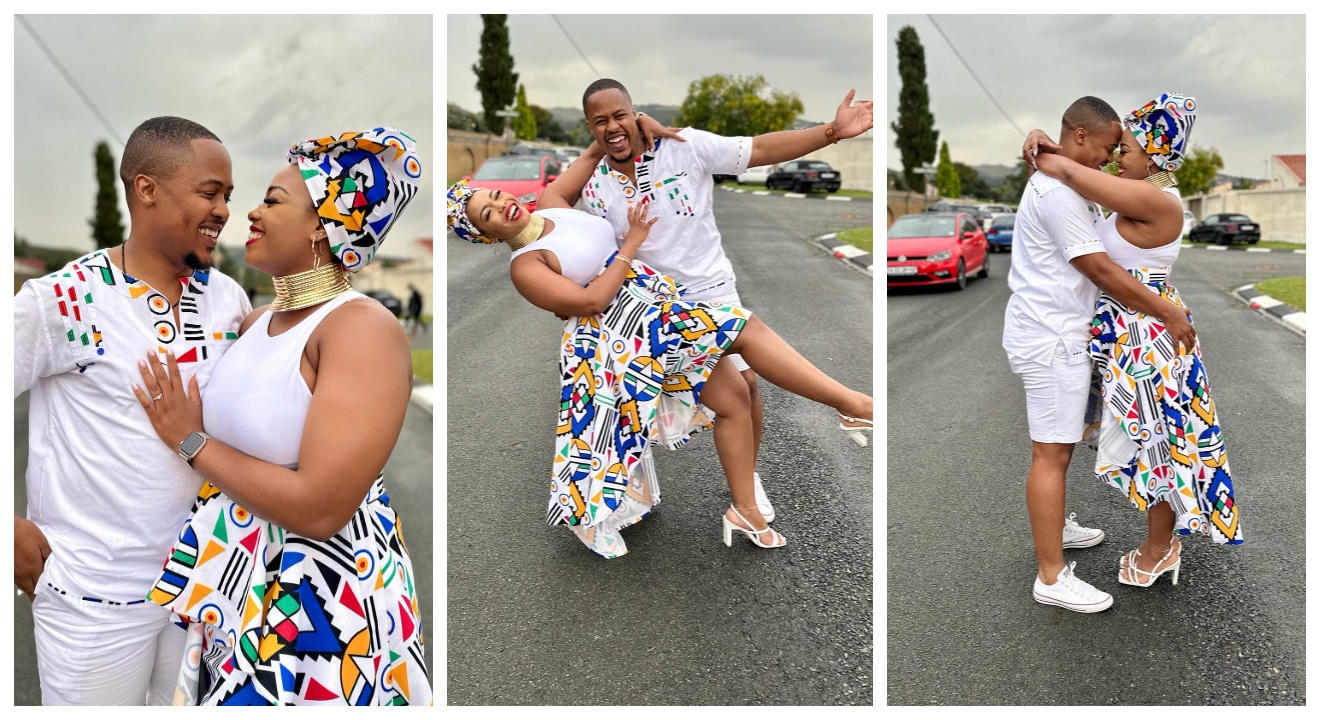
Introduction
Ndebele dresses are not just garments; they are embodiments of beauty, tradition, and cultural significance. These colorful and intricately designed dresses hold a special place in the Ndebele community. In this article, we will take a closer look at the history, significance, and cultural importance of Ndebele dresses, shedding light on their beauty and rich heritage.
History and Significance of Ndebele Dresses
The history of Ndebele dresses dates back centuries, with roots deeply embedded in the Ndebele culture. These dresses are more than just clothing; they reflect the identity and pride of the Ndebele people. Each dress tells a story through vibrant colors and patterns, representing the rich cultural heritage passed down through generations. Ndebele dresses are handcrafted with intricate beadwork and unique geometric designs, making them unmistakably distinctive.
Cultural Importance of Ndebele Attire
Ndebele attire holds immense cultural significance within the community. It is an expression of identity, unity, and celebration of cultural heritage. The dresses are worn on special occasions, such as weddings, initiation ceremonies, and festivals, where they play a pivotal role in preserving and showcasing Ndebele traditions. The intricate beadwork and designs on the dresses also hold symbolic meanings, representing important values, beliefs, and historical events of the Ndebele culture. Through Ndebele attire, the community keeps their cultural legacy alive and proudly shares their heritage with the world.
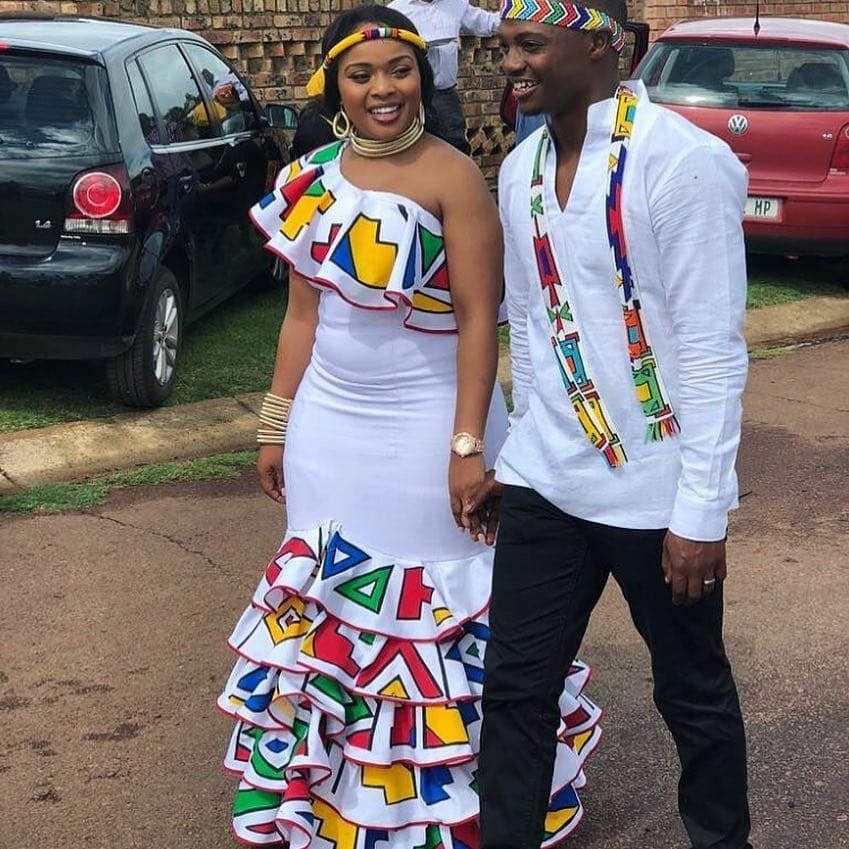
Traditional Ndebele Dresses
In the vibrant and culturally rich Ndebele community, traditional dresses hold great beauty and significance. These intricately designed garments are more than just clothing; they embody the essence of Ndebele tradition and heritage.
Distinctive features of Ndebele dresses
Ndebele dresses are known for their bold and vibrant colors, geometric patterns, and intricate beadwork. Each dress tells a unique story, and no two dresses are identical. The use of bright hues and distinct patterns creates a striking visual impact, reflecting the Ndebele people’s love for aesthetics and their strong cultural identity.
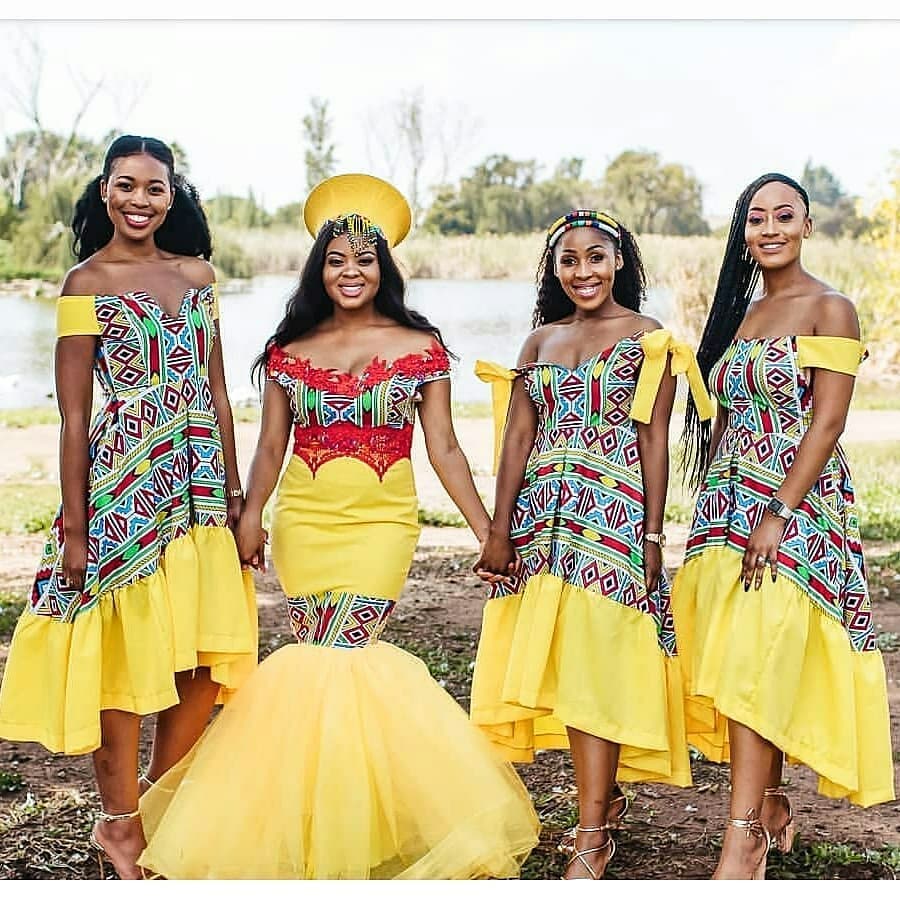
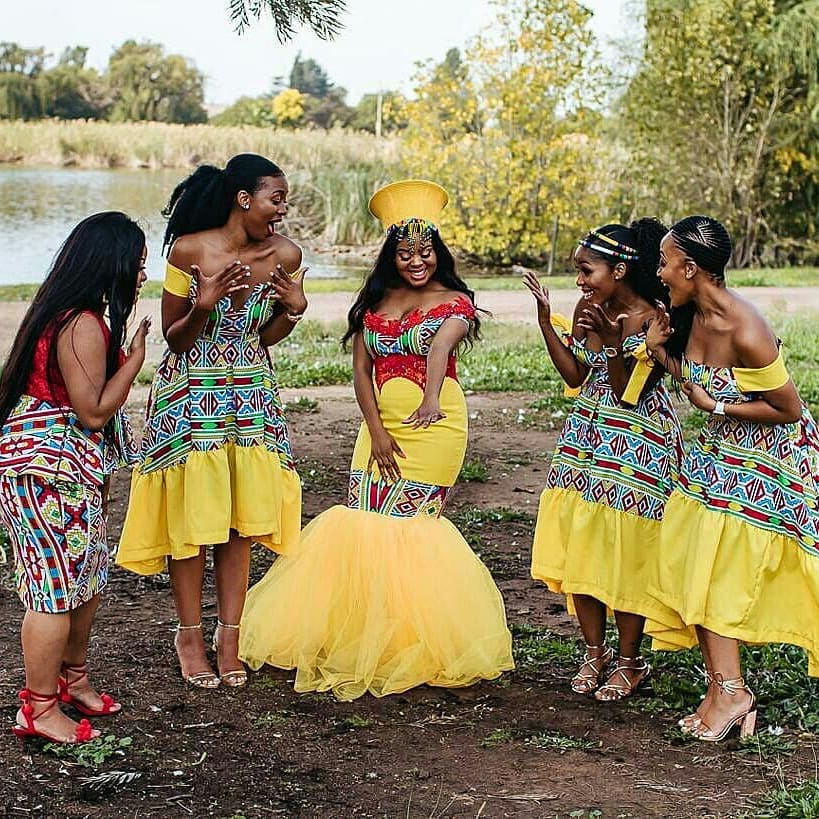
Symbolism and meanings behind the patterns
The patterns found on Ndebele dresses are not just decorative; they hold deep symbolic meanings. These patterns represent important values, beliefs, and historical events of the Ndebele culture. For example, certain motifs may depict fertility, prosperity, strength, or ancestral heritage. Through these patterns, the Ndebele people preserve and share their cultural traditions, passing down their stories and teachings to future generations.
The beauty and tradition of Ndebele dresses are a testament to the rich cultural heritage of the Ndebele community. Each dress showcases the creativity, artistry, and pride that the Ndebele people have for their culture.

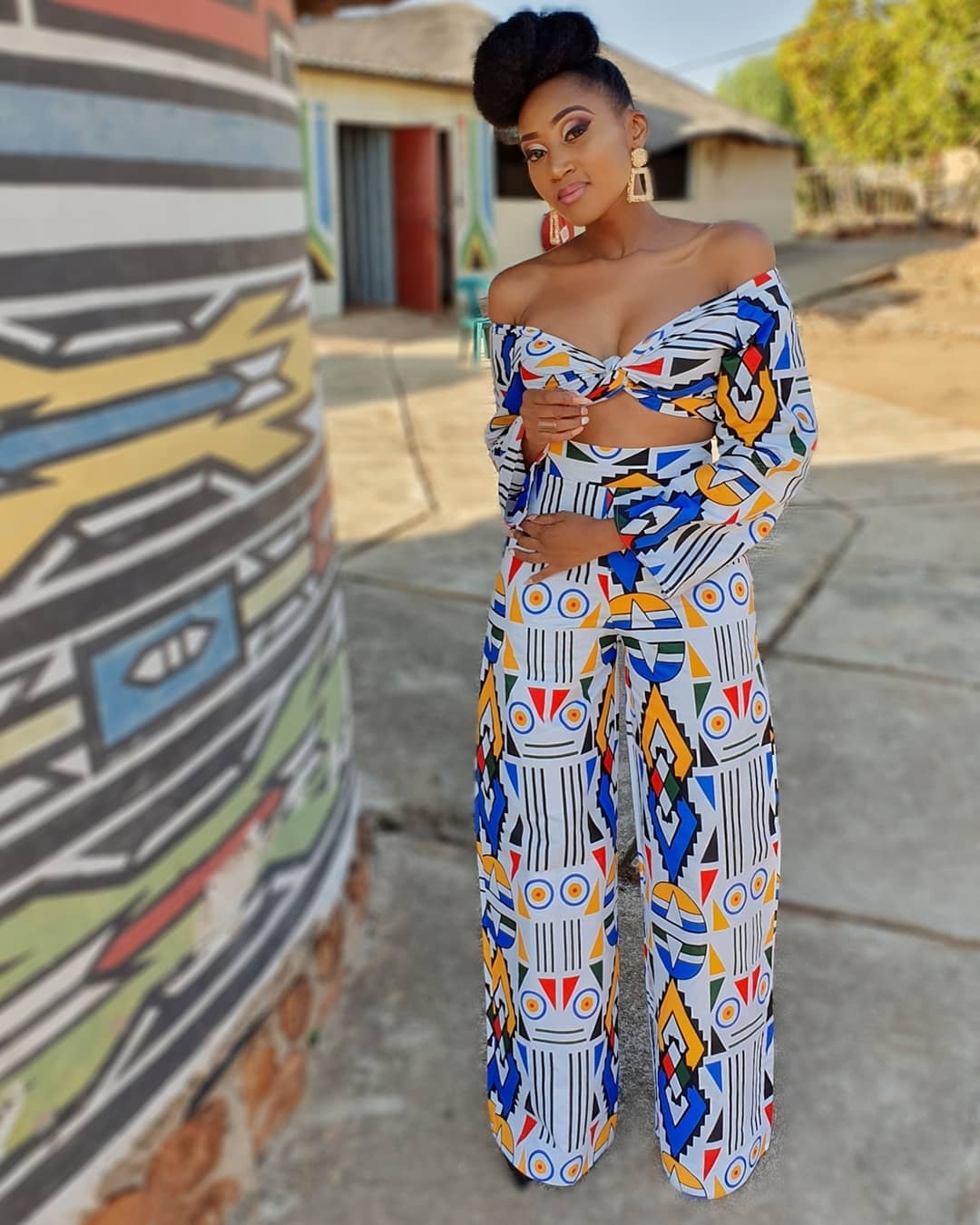

Ndebele Dress Designs
Ndebele dresses are not just garments; they are an embodiment of the vibrant Ndebele culture and tradition. These dresses are adorned with bold and vibrant colors, intricate beadwork, and geometric patterns that make them truly unique. Let’s take a closer look at the beauty and tradition of Ndebele dresses.
Common colors and patterns used in Ndebele dresses
Ndebele dresses are known for their striking use of colors. Bright hues like red, yellow, blue, and green are commonly used to create a visually enticing effect. The geometric patterns found on these dresses are meticulously designed and showcase the Ndebele people’s love for aesthetics. These patterns, often featuring zigzag lines, triangles, and squares, create a sense of rhythm and movement that is truly captivating.
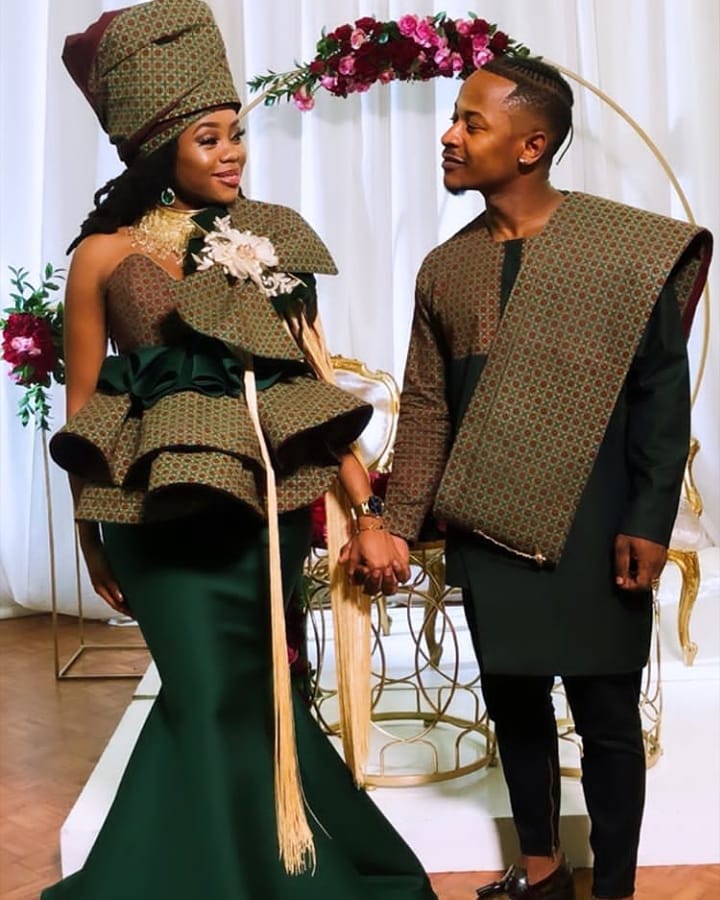
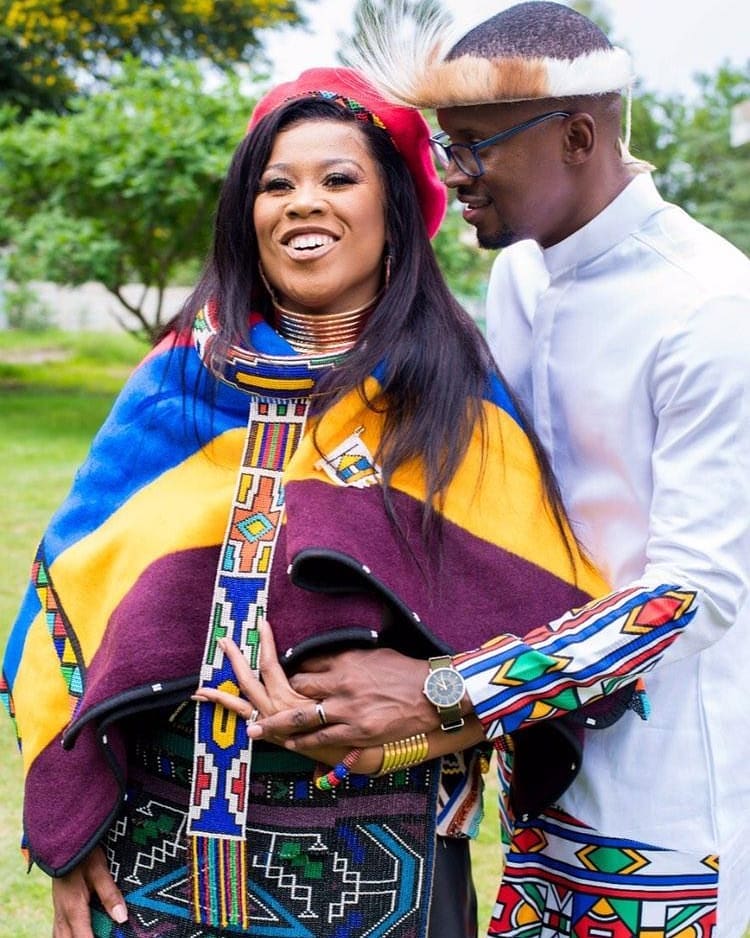
Variations and styles of Ndebele dresses
While each Ndebele dress is unique, there are different variations and styles that reflect the diverse creativity of the Ndebele community. Some dresses are full-length and feature long sleeves, while others have shorter lengths and sleeveless designs. The beadwork on these dresses is another distinguishing factor, with intricate patterns adorning the fabric. These variations demonstrate the versatility of Ndebele dresses and the individuality of the people who wear them.
In conclusion, Ndebele dresses are not just garments; they are a celebration of culture and tradition. Through their distinctive colors, patterns, and beadwork, these dresses showcase the artistic creativity and pride of the Ndebele community.
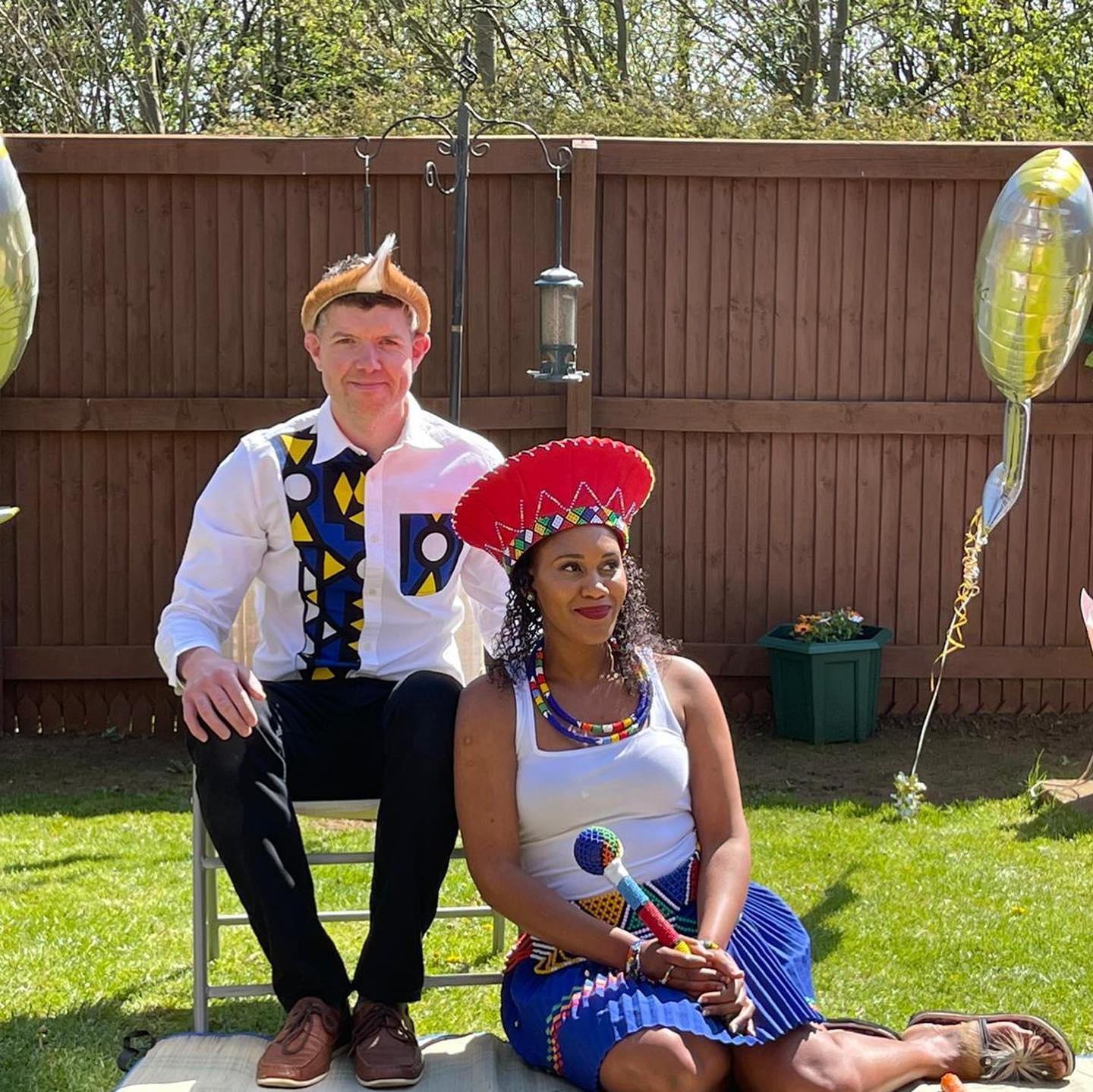
Ndebele Dressmaking Process
Materials and Tools Used in Making Ndebele Dresses
Creating an exquisite Ndebele dress involves utilizing specific materials and tools that are essential to the process. The materials commonly used include vibrant fabrics, such as cotton or satin, which serve as the canvas for the intricate patterns and designs. Beads, sourced from a variety of sources, are meticulously hand-stitched onto the fabric to enhance the dress’s beauty. The tools used by skilled Ndebele artisans include needles, thread, and scissors, which enable them to carefully craft each dress with precision and attention to detail.

Traditional Techniques and Craftsmanship
The creation of Ndebele dresses is a labor-intensive process that relies on traditional techniques and craftsmanship passed down through generations. The dressmaking process begins with selecting the fabric and bead colors that will bring the design to life. Artisans then create a detailed pattern, often inspired by geometric shapes and cultural symbols. Each bead is individually stitched onto the fabric with meticulous precision, resulting in breathtakingly intricate designs.
The craftsmanship involved in Ndebele dressmaking is a testament to the skill and expertise of the artisans. Their attention to detail and dedication to preserving cultural traditions ensure that each dress is a unique masterpiece, reflecting the rich heritage of the Ndebele community.
In conclusion, the process of creating Ndebele dresses involves utilizing specific materials and tools, as well as employing traditional techniques and craftsmanship. The result is a stunning garment that showcases the vibrant colors, intricate beadwork, and distinctive patterns that are a hallmark of Ndebele culture and tradition.
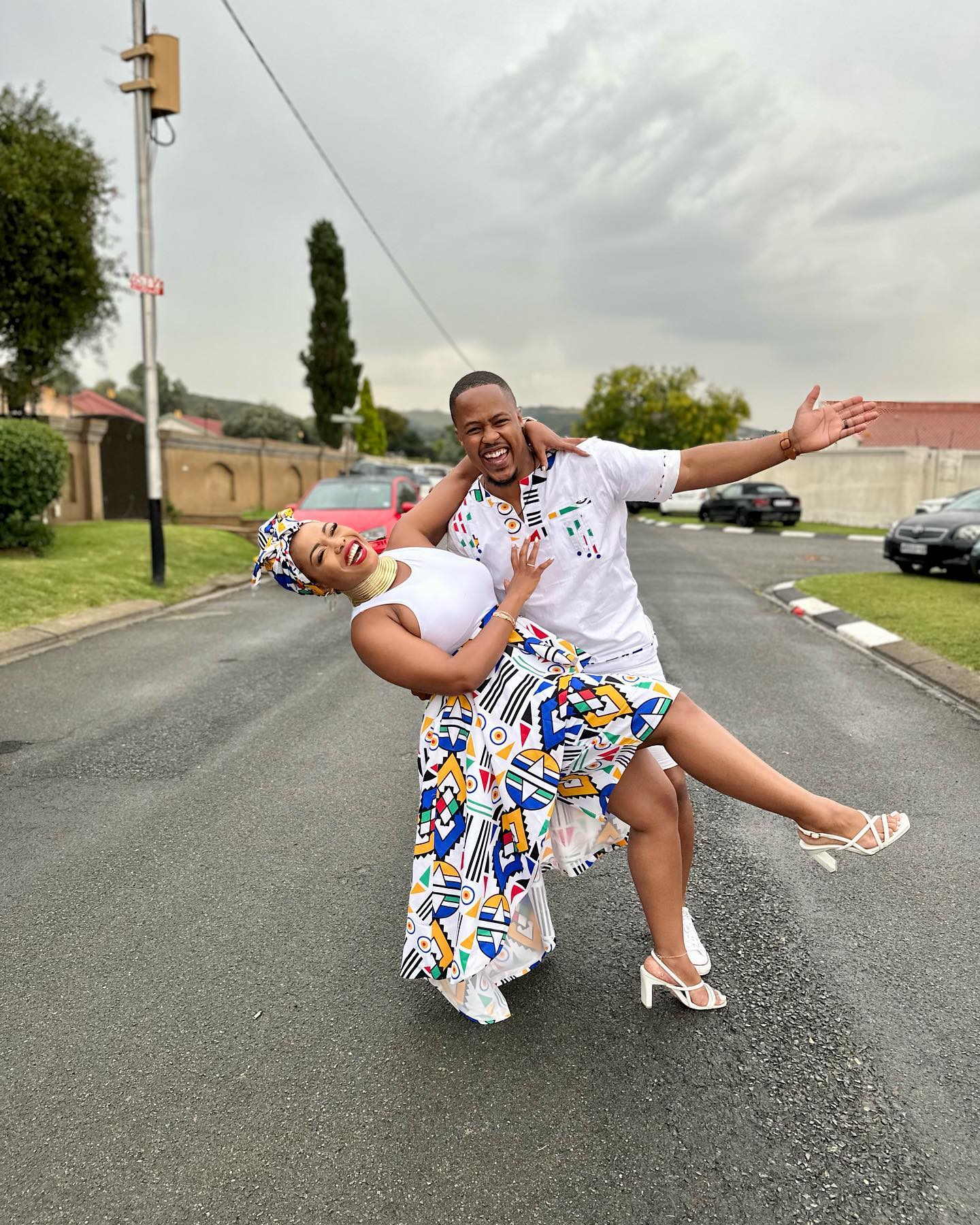
Modern Interpretations
Contemporary adaptations of Ndebele dress designs
Ndebele dresses are not only rooted in tradition but also have the ability to evolve and adapt to modern fashion trends. Many designers have embraced the beauty of Ndebele dress patterns and incorporated them into contemporary clothing designs. These modern interpretations showcase the vibrant colors, intricate beadwork, and distinctive patterns that are synonymous with Ndebele culture. By blending traditional elements with modern silhouettes and fabrics, designers have created a unique fusion that appeals to a wider audience while still honoring the rich heritage of the Ndebele community.
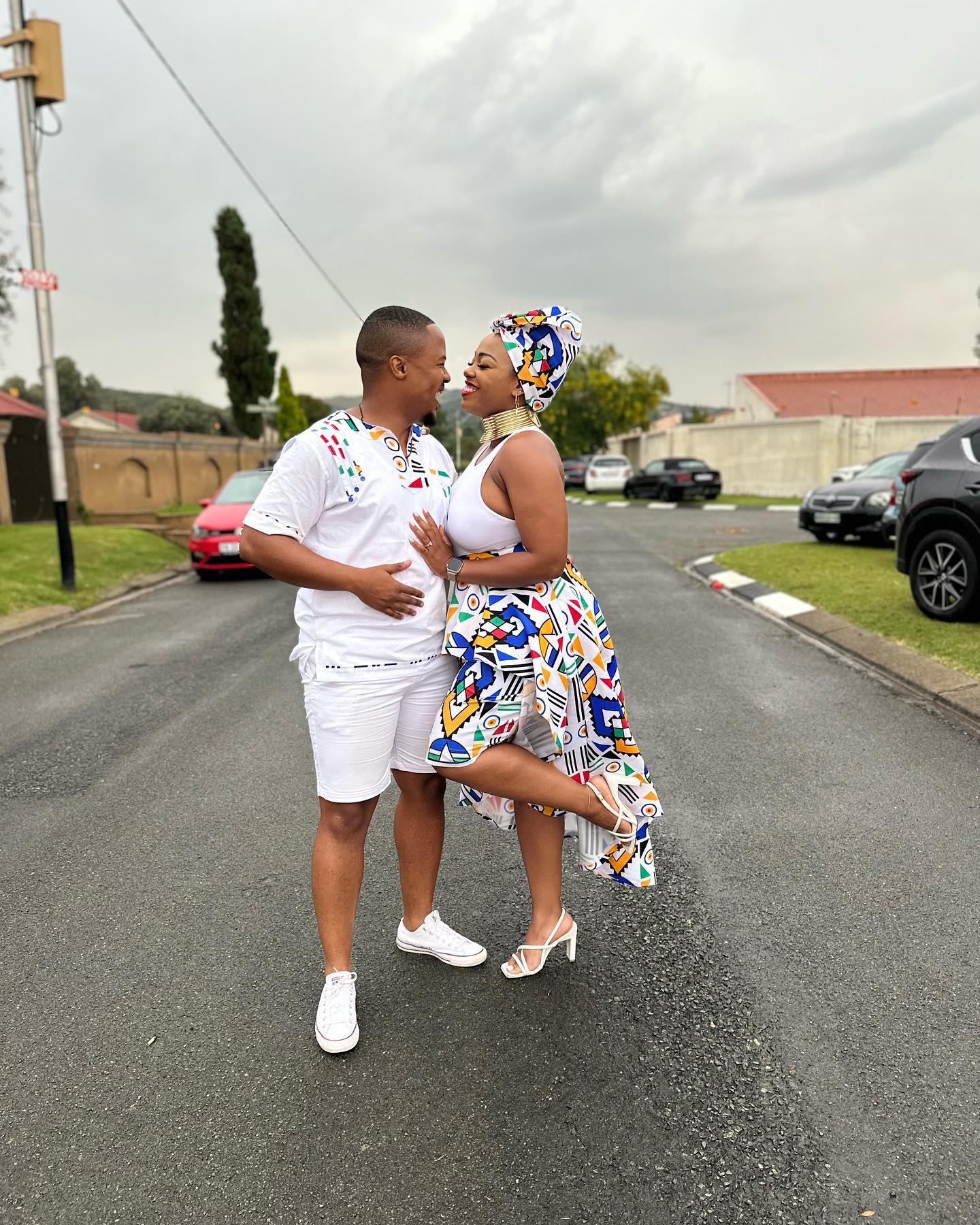

Influence of Ndebele dresses on fashion industry
The influence of Ndebele dresses extends beyond their cultural significance. They have made a notable impact on the fashion industry, inspiring designers worldwide. The bold colors and geometric patterns of Ndebele dresses have been incorporated into high-end fashion collections, runway shows, and even street style. The intricate beadwork techniques used in Ndebele dressmaking have influenced jewelry and accessory designs as well. The unique combination of tradition and contemporary style has captured the attention of fashion enthusiasts, further elevating the status of Ndebele dresses in the fashion world.
As a result, Ndebele dresses have become more than just garments; they represent a celebration of cultural heritage, artistry, and creativity. You can’t help but be captivated by their beauty and the stories they tell, showcasing the timeless elegance and enduring appeal of Ndebele tradition in the modern world.

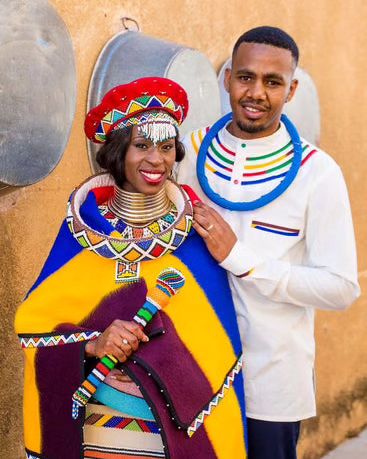
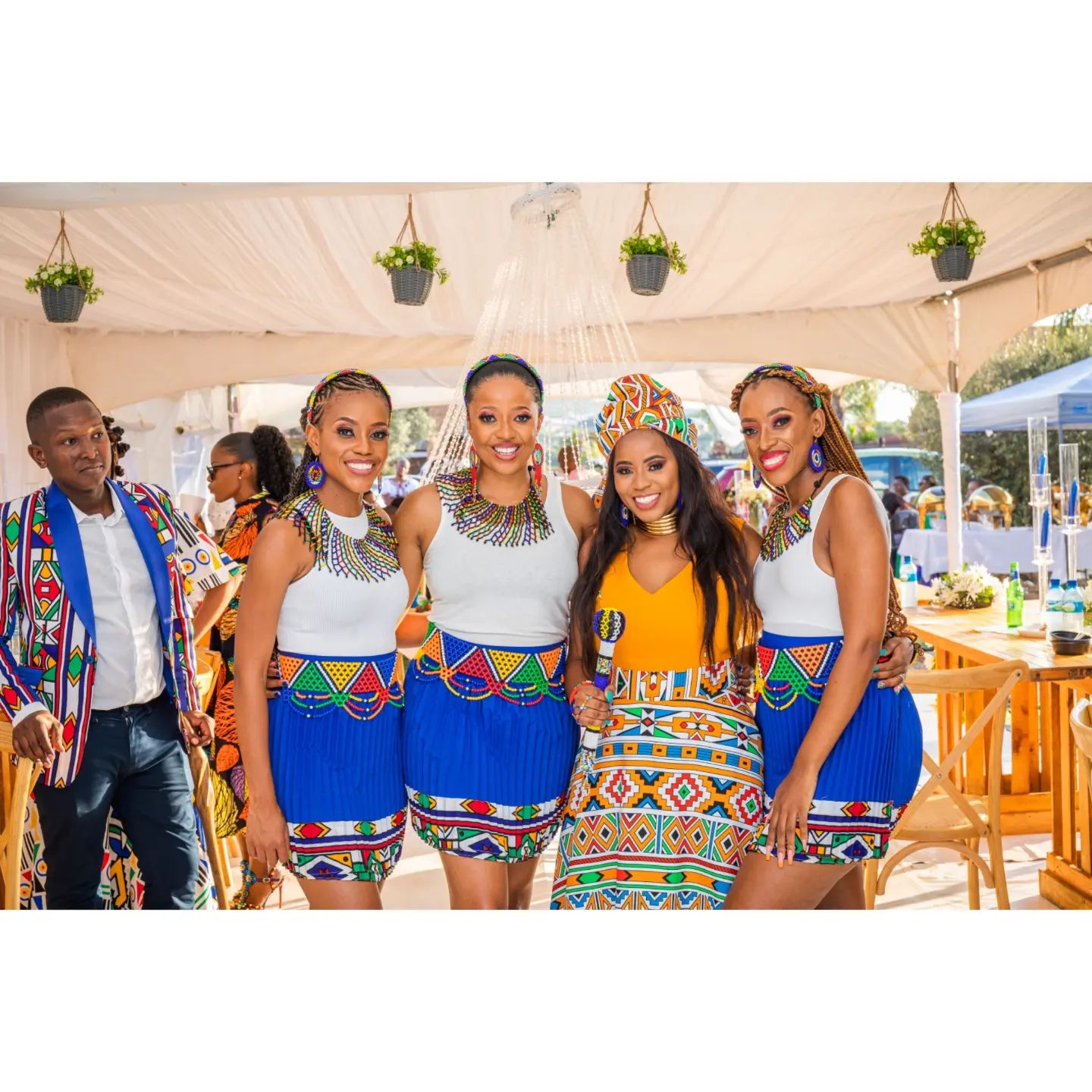
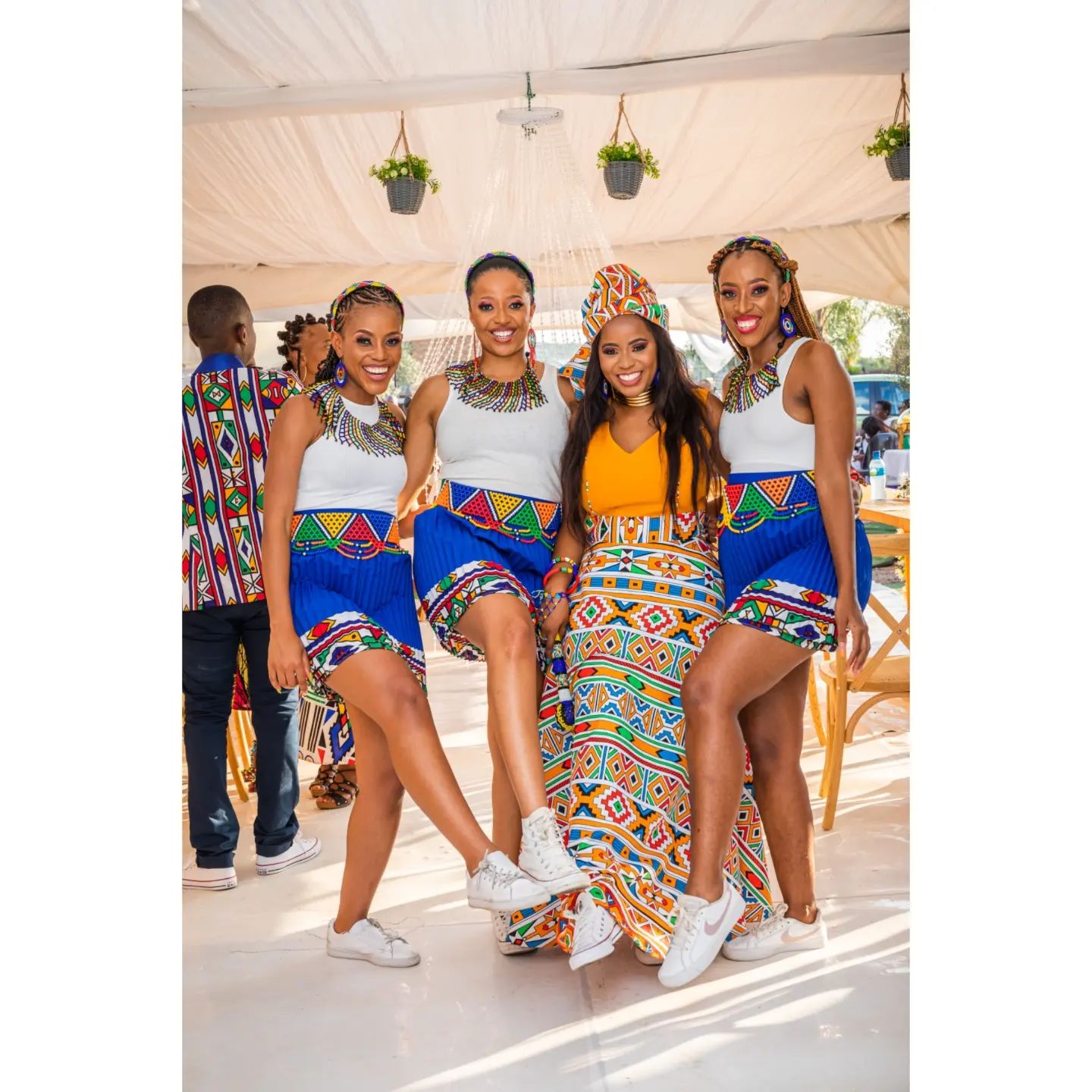
Comments are closed.